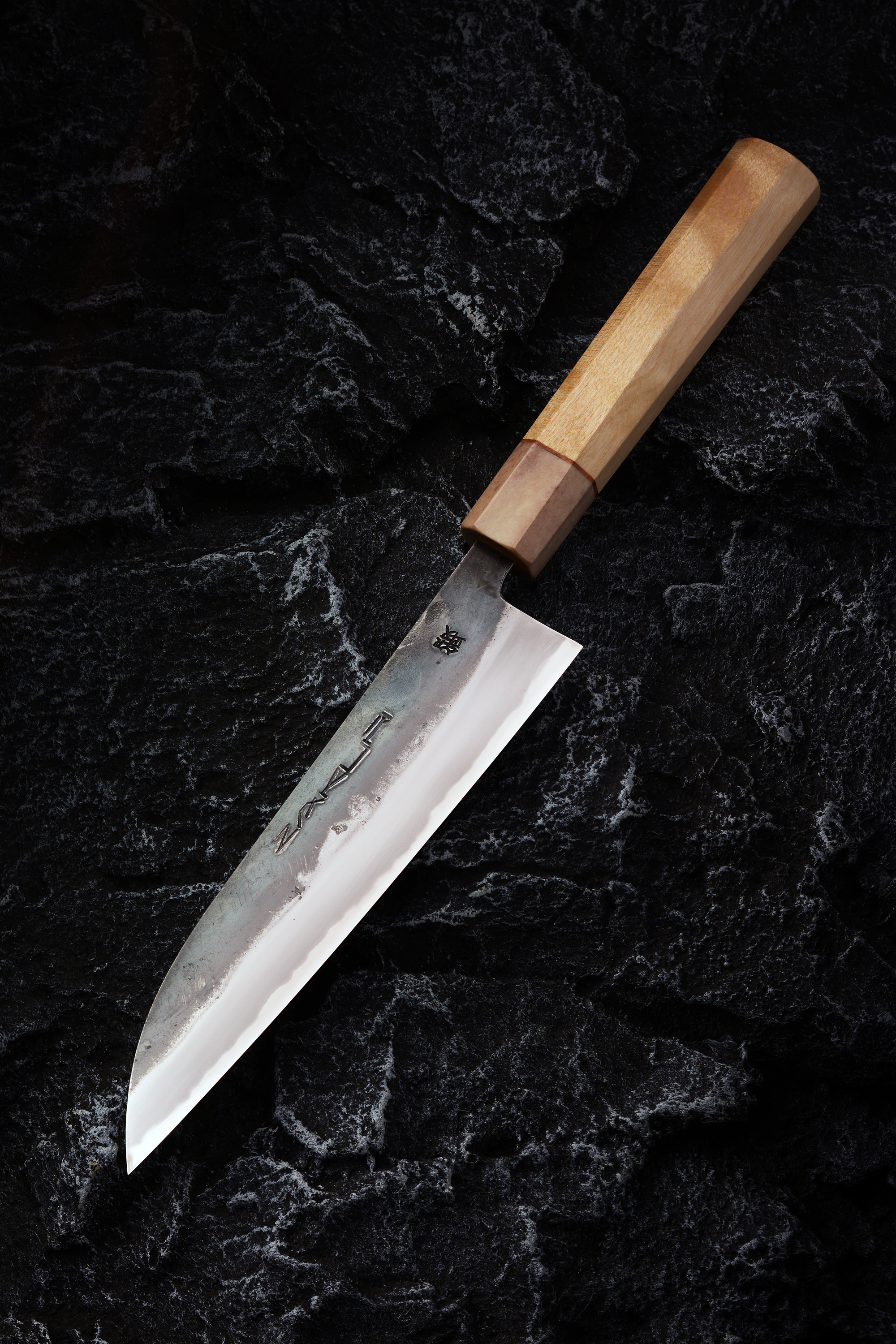josemartinlopez
我會買所有的獨角獸
Sounds like a stupid question, but how exactly do you articulate the difference in how a nakiri, santoku and small gyuto cut, for example, a carrot? I was thinking the way you'd articulate it is the nakiri makes push cutting easy because of its straight edge and it's designed for vegetables. The santoku has a slightly less straight edge and is comparable but slightly worse given its more generalist design. The gyuto can do it too though the edge is curved, and the tip makes a small gyuto easier to work with for onions. Thinking this through explains why people here probably advise to get a gyuto as a general purpose knife, add a nakiri if you like how that cuts vegetables, and have much less use for a santoku?





